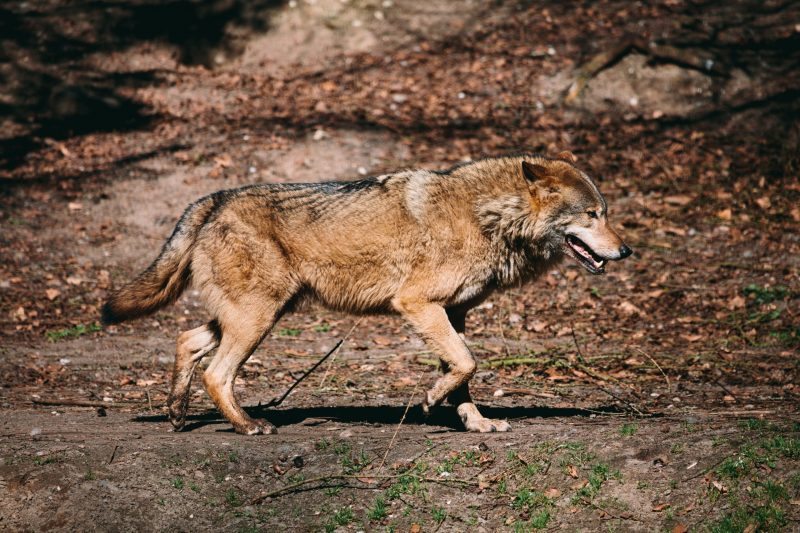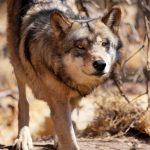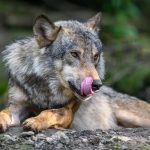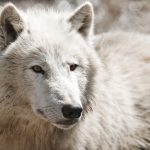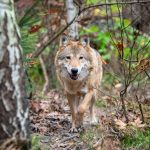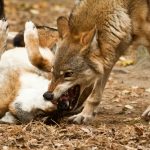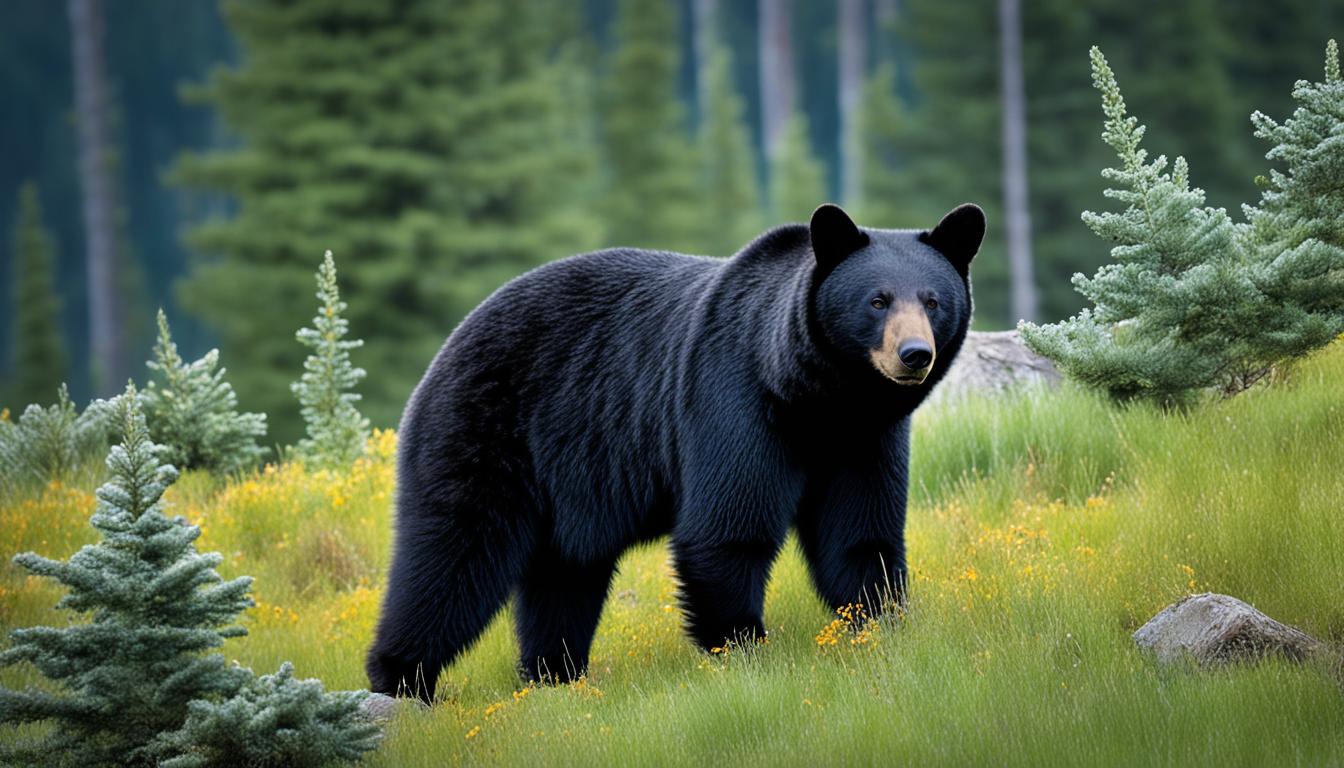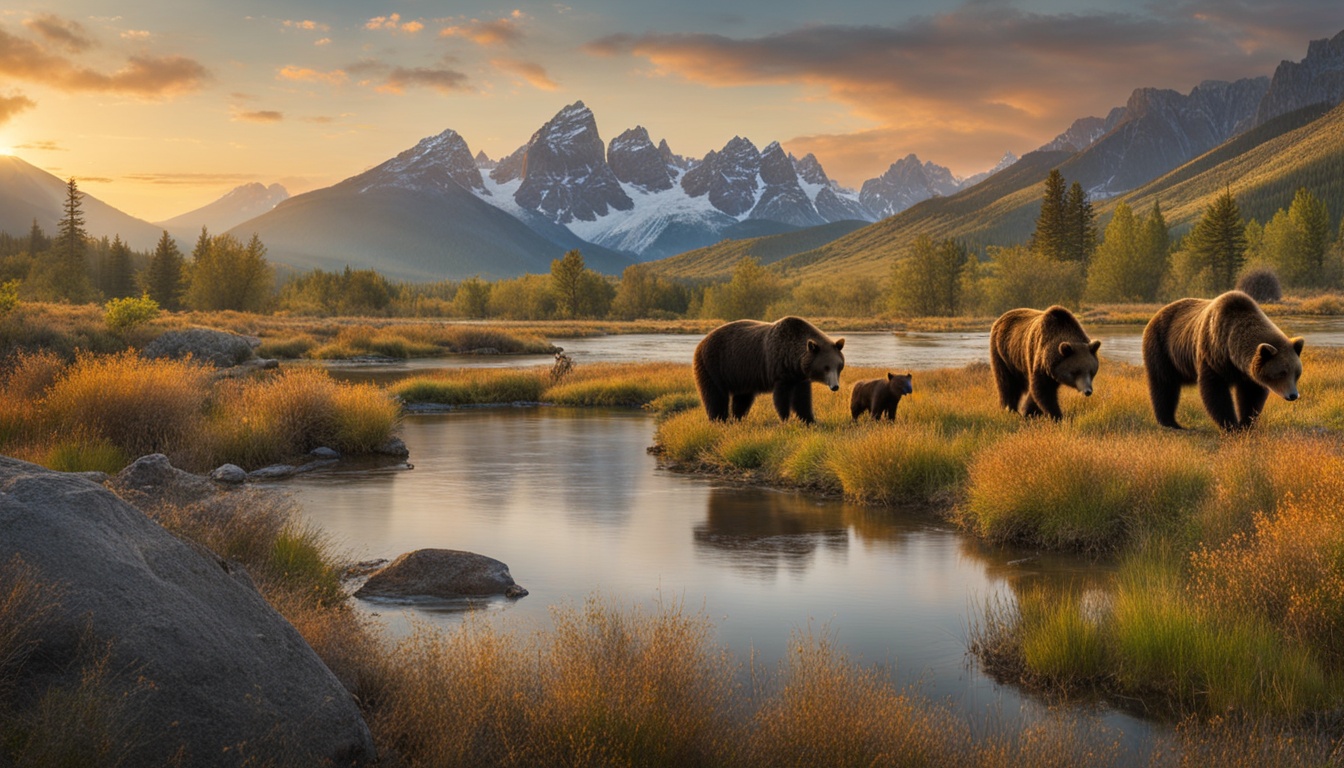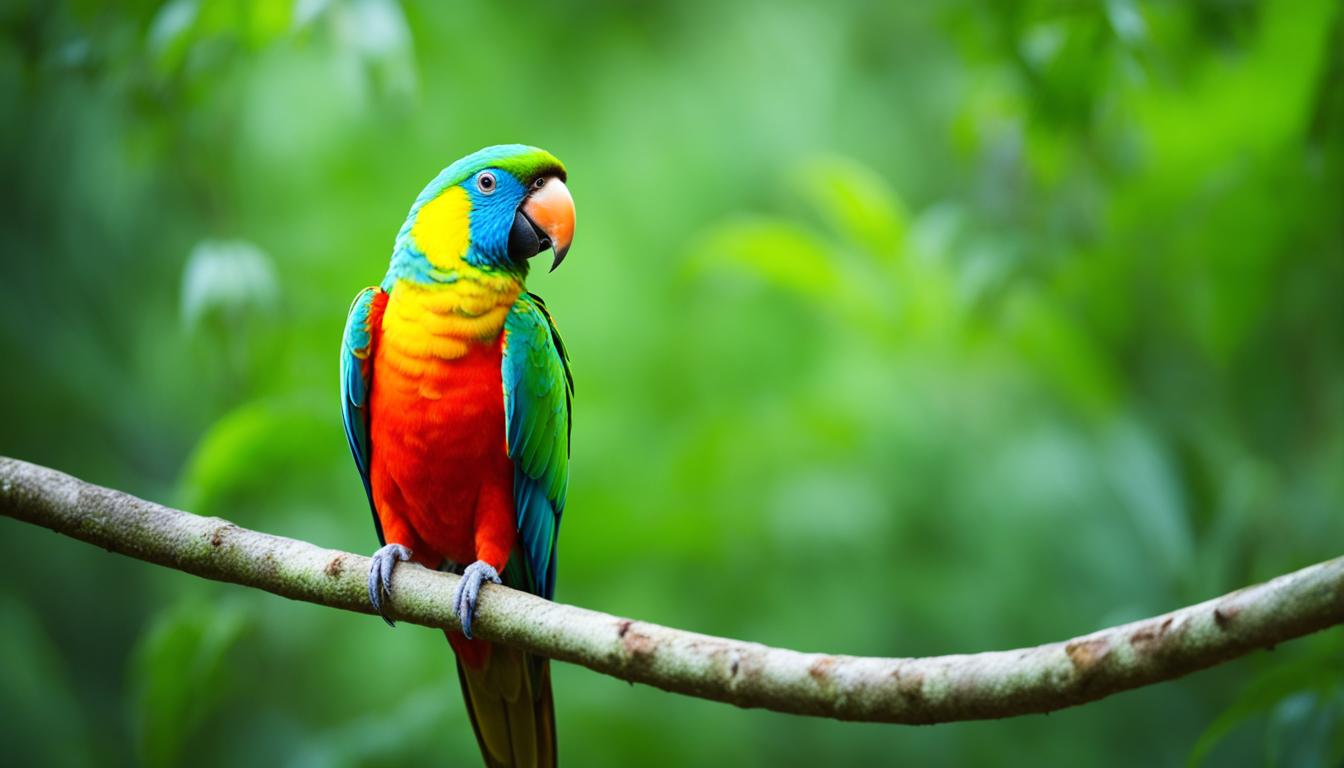Wolves and coyotes are closely related creatures that can breed together. They are, however, anatomically and evolutionarily distinct species, as there are differences in their DNA as well as physical and behavioral differences that are modest but significant enough to distinguish the two species.
It’s long been known that coyotes and wolves can procreate, resulting in a “hybrid” species known as a “coywolf.” This creature will have characteristics of both coyotes and wolves. Despite their striking resemblance, these two species are not the same. Physically, as well as behaviorally, they are significantly distinct. Coyotes are smaller and have a different diet than wolves, who are larger and have darker pelts.
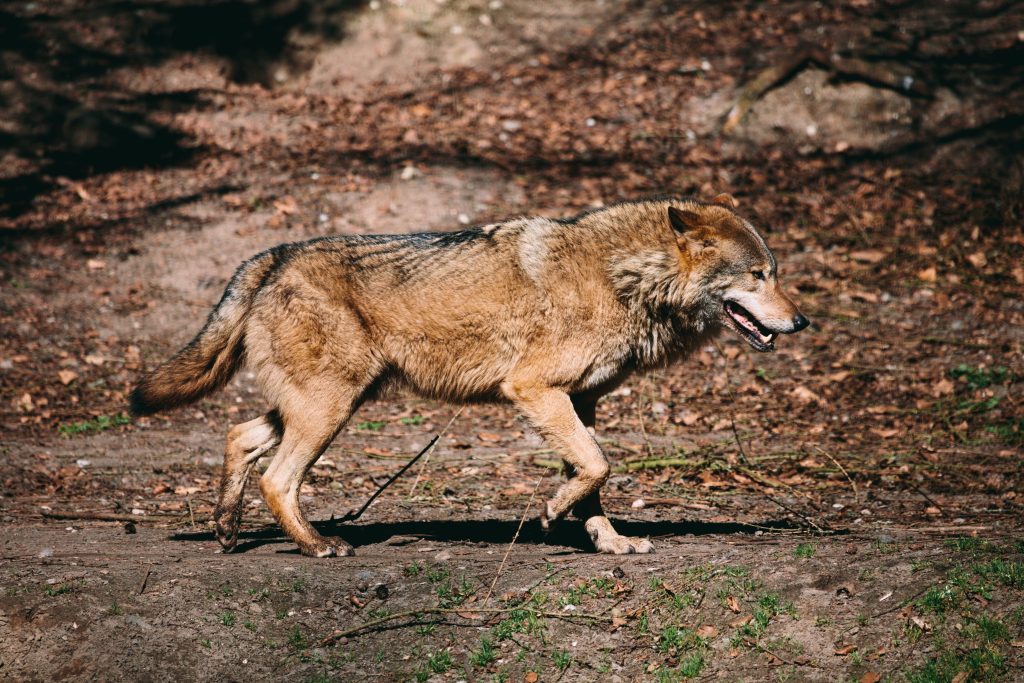
Differences between Wolfs and Coyotes:
Wolves and coyotes have numerous distinctions. Because they are diverse in appearance, some can be seen with the naked eye. They do, however, have certain distinct characteristics in terms of their behavior. These are some of the key features that distinguish wolves and coyotes as different species.
Wolfs are larger and bulkier
The size gap between these two creatures is one of the most obvious variances. Coyotes are substantially smaller than wolves. Wolves can reach 32 inches in height when completely grown, whereas coyotes can only achieve about 24 inches.
Wolves are also substantially heavier than coyotes, which may be due to physiological differences. They are heavier because of their larger backbone and thicker fur. Wolves can weigh up to 150 pounds, although coyotes are only around 50 pounds at most. This is one of the first things you’ll notice when comparing coyotes and wolves, and it’s also one of the most important ways to tell them apart.
Wolves Have Larger Heads and Paws:
Wolves, for example, have a considerable rounder and larger heads than coyotes that have a more triangular-shaped skull that is also much smaller. If the two animals’ sizes are identical (which doesn’t happen often), the head is the next thing to examine.
Wolves also have substantially bigger paws. A coyote’s track can be as little as 3 inches long and 2.5 inches wide, whereas a wolf’s track can be as long as 5 inches and as wide as 4.5 inches.
Their DNA is different:
Wolves and dogs have comparable DNA, and some analytical results even claim that they are nearly identical.
A wolf’s DNA, on the other hand, is quite different from that of a coyote. This is why, even though a hybrid species called a coywolf can be created from the two species, they are essentially different.
Canes genus members are genetically distinct, with roughly 78 identical chromosomes. Most species can now breed with one another, resulting in hybrid species. A wolf’s DNA, on the other hand, is far closer to that of a dog than that of a coyote.
Coyotes are Less Picky Eaters:
Another distinction between the two species is that coyotes are less fussy eaters than wolves. They eat a variety of grasses, vegetables, and fruits, whereas wolves prefer meat-based diets.
If you’ve recently heard howling in the night, you might be curious as to what animal it came from. Examining the pitch of the howl is one of the best methods to tell them apart. A wolf’s howl is usually lower-pitched and more equally scattered, but a coyote’s howl is higher-pitched and more evenly distributed.
Can Wolves and Coyotes Mate and Produce Offspring?
Wolves and coyotes are closely related canids, but they typically do not interbreed in the wild. However, the interbreeding of foxes and dogs has been documented, showing that hybrid offspring can result from mating between these two species. It is an interesting phenomenon in the animal kingdom.
Similarities Between Wolves and Coyotes:
To begin with, they both have a predetermined social structure that is pretty similar. They prefer living in groups with a clear leader, known as the alpha male. There’s also the pack’s alpha female. Both creatures, however, are capable of living on their own and may wander off on their own for some time.
The second resemblance is that they will both kill for fun, allowing them to take on larger creatures. Wolves will go after larger animals than coyotes, though coyotes are still capable of taking down animals that are many times their size. Their third similarity is that, depending on the requirements and the season in which they find themselves, they can traverse many miles per day. During the winter, both animals may have to travel a long distance every day only to get food for themselves and their pack mates.

